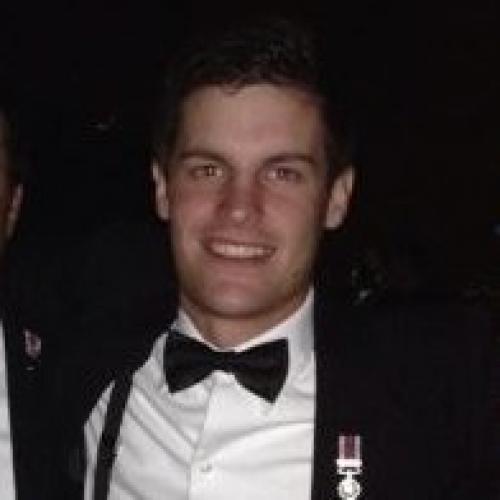
James Barr

Patrick Morand

Claudia Rössler,

Jay Christiansen
Based in Copenhagen, Denmark, Jay leads the Red Team in UKI/EU for Mandiant. His specialist background is in Red Team engagements, simulated targeted attack scenarios and Purple Team exercises. Jay created the Mandiant technical Ransomware assessment offering and developed the tools and methodologies required. His research currently focuses on ransomware attacker behaviour and adversarial simulation of FIN/APT groups and building custom payload tools. He still leads large-scale Red Team engagements for clients across all industry verticals and Critical National Infrastructure (CNI) clients throughout Europe, the Middle-East and the US.

Thomas Scriven
Tom is a Strategic Consultant for Mandiant United Kingdom and Ireland, specialising in Security Operations and Threat Intelligence advisory services. He has significant experience as a trusted advisor to sensitive Government Departments, and has consulted for major Corporate entities, including in Critical National Infrastructure sectors, to undertake major cyber security assessments and implement complex cyber security transformation programmes. Tom has worked with large multinational companies to assess their security programmes, providing prioritised recommendations and roadmaps to enhance security posture and effectiveness.

Oakley Cox
Oakley Cox is Director of Analysis at Darktrace, based at the Cambridge headquarters. He oversees the defense of critical infrastructure and industrial control systems, helping to ensure that Darktrace’s AI stays one step ahead of attackers. Oakley is GIAC certified in Response and Industrial Defense (GRID), and helps customers integrate Darktrace with both existing and new SOC and Incident Response teams. He also has a Doctorate (PhD) from the University of Oxford.



